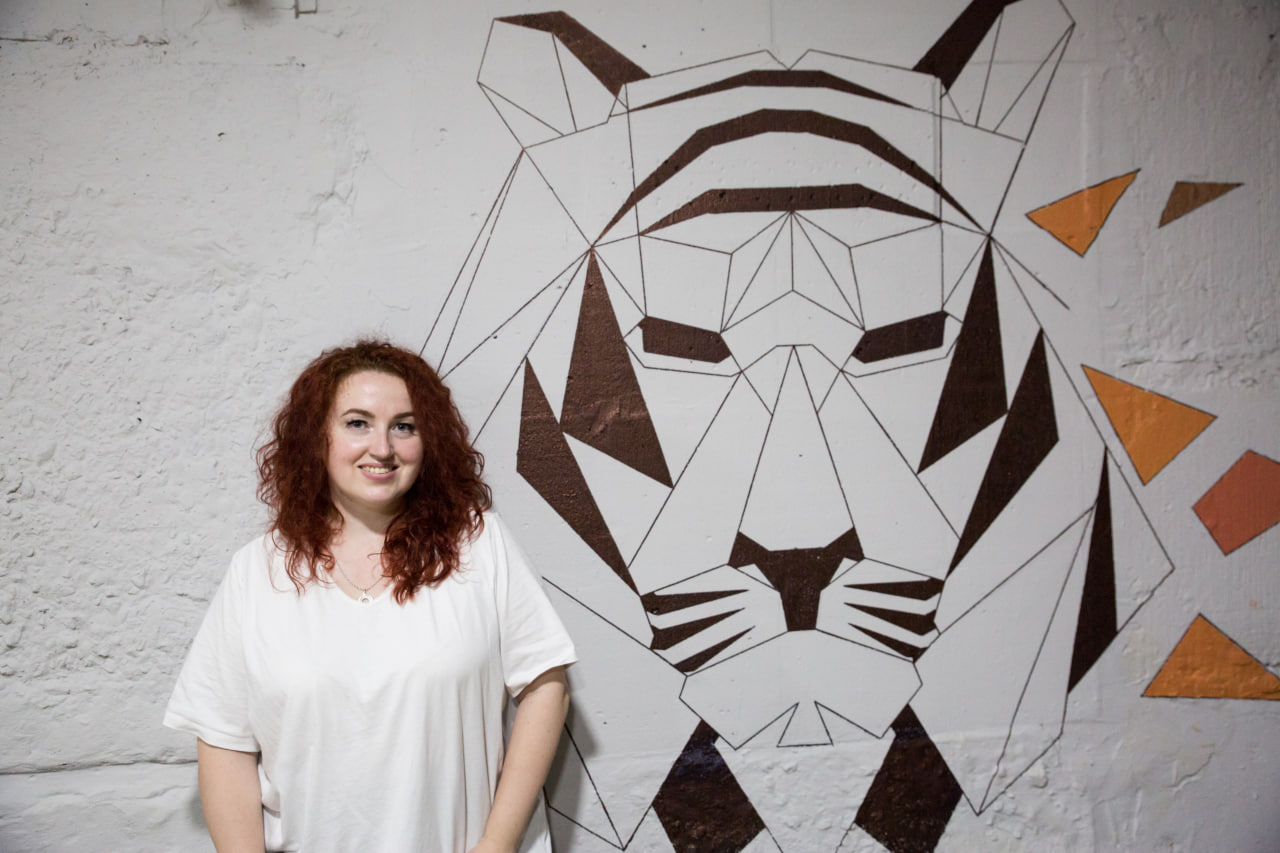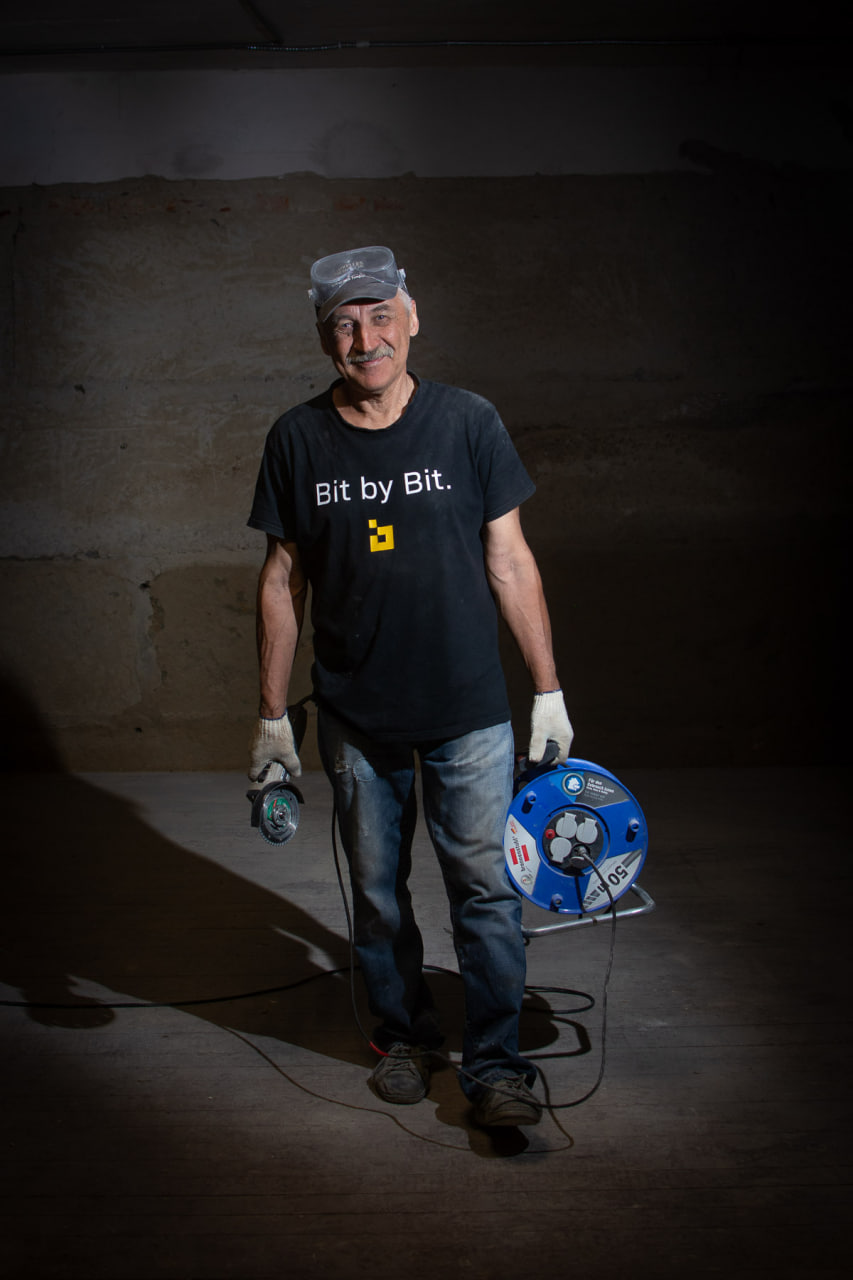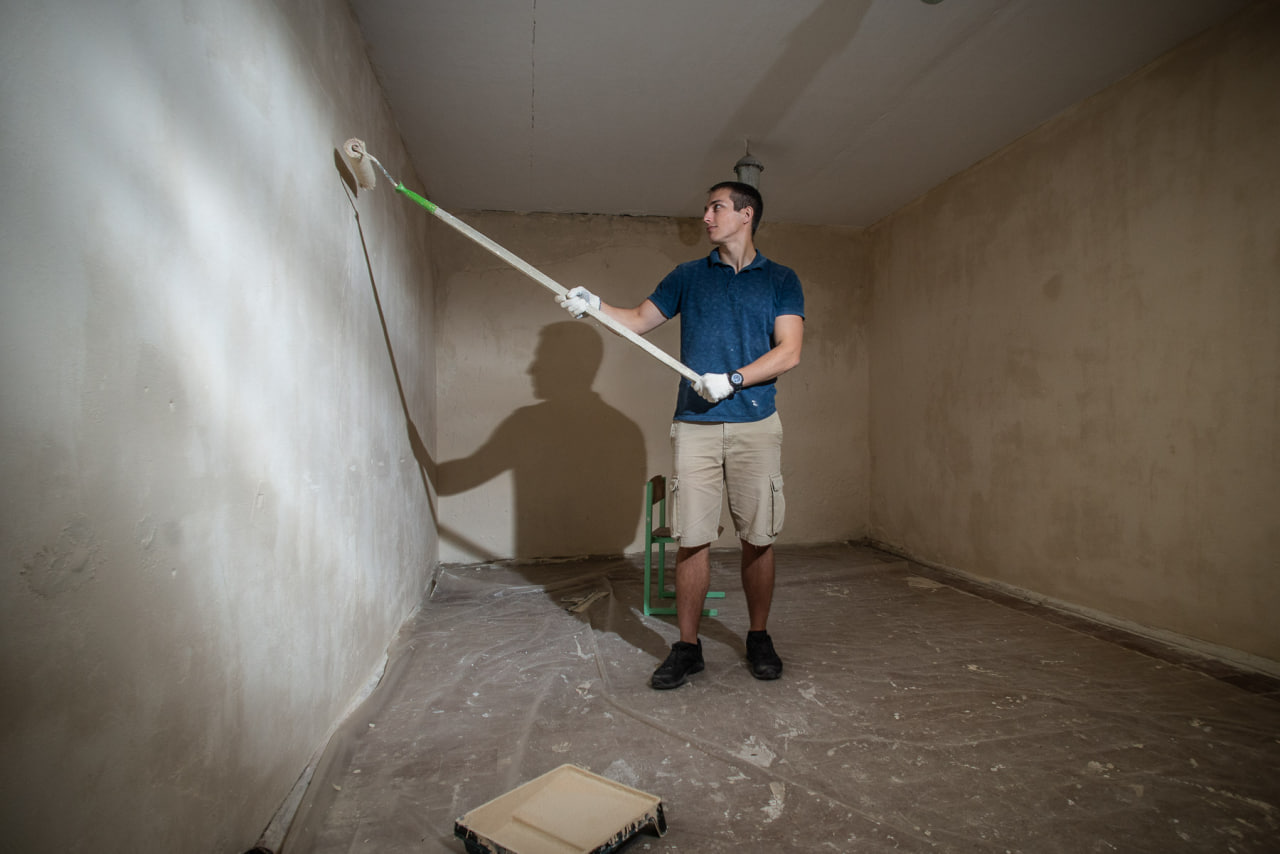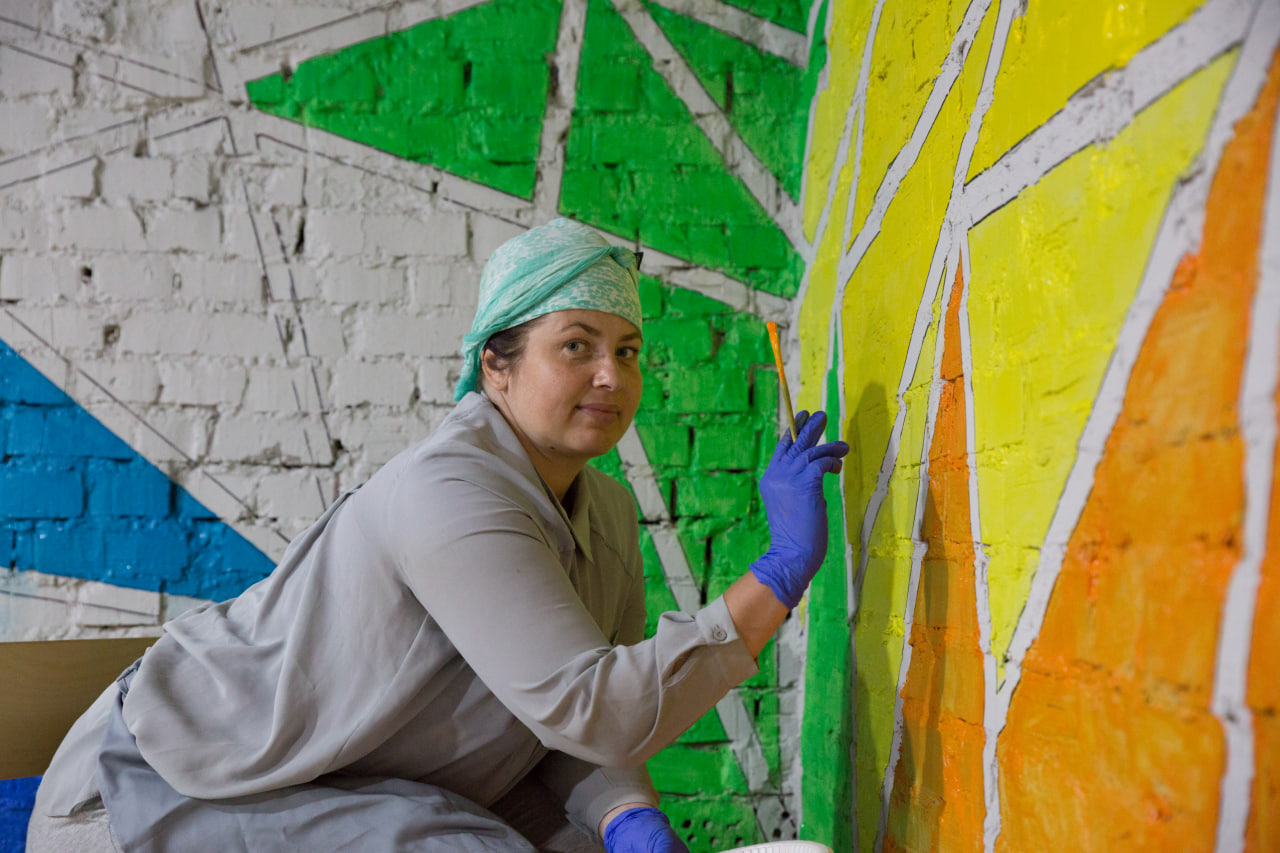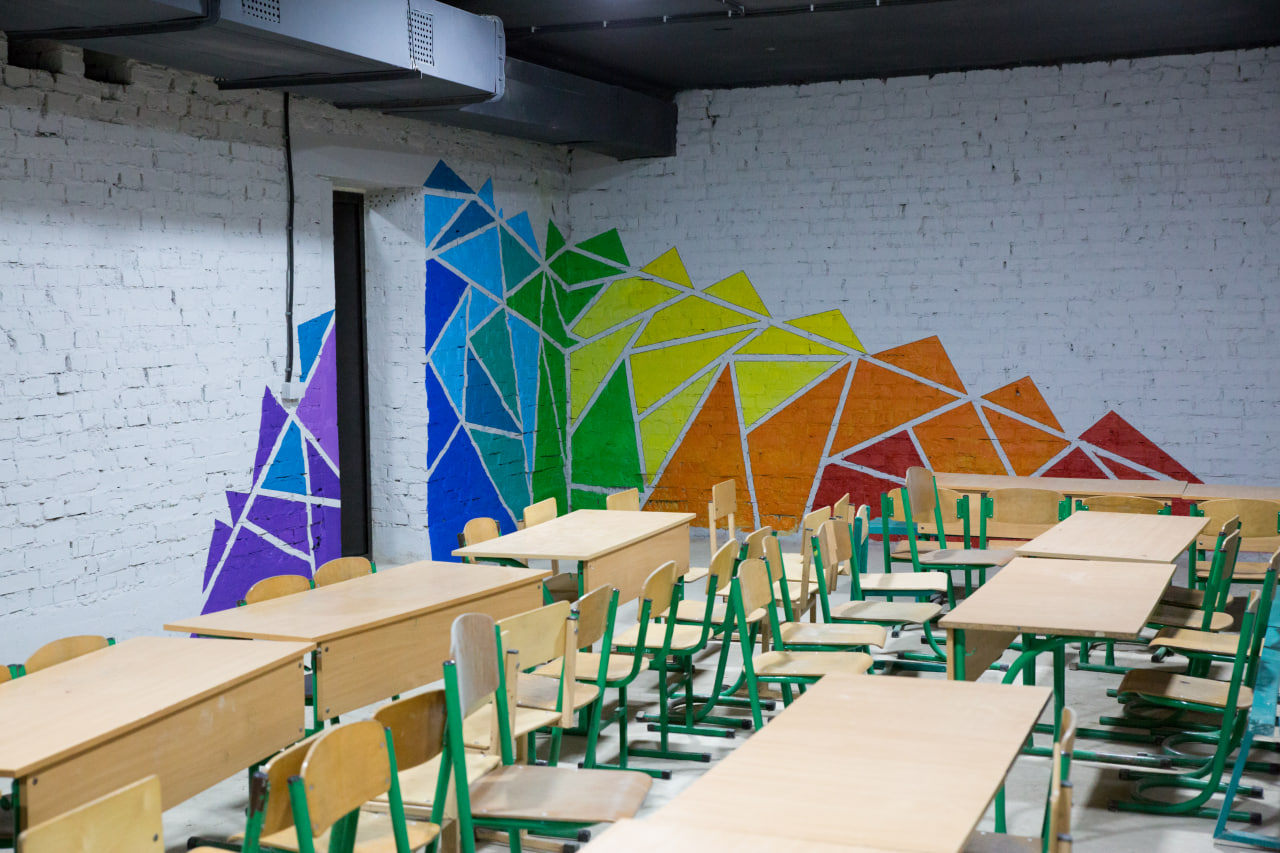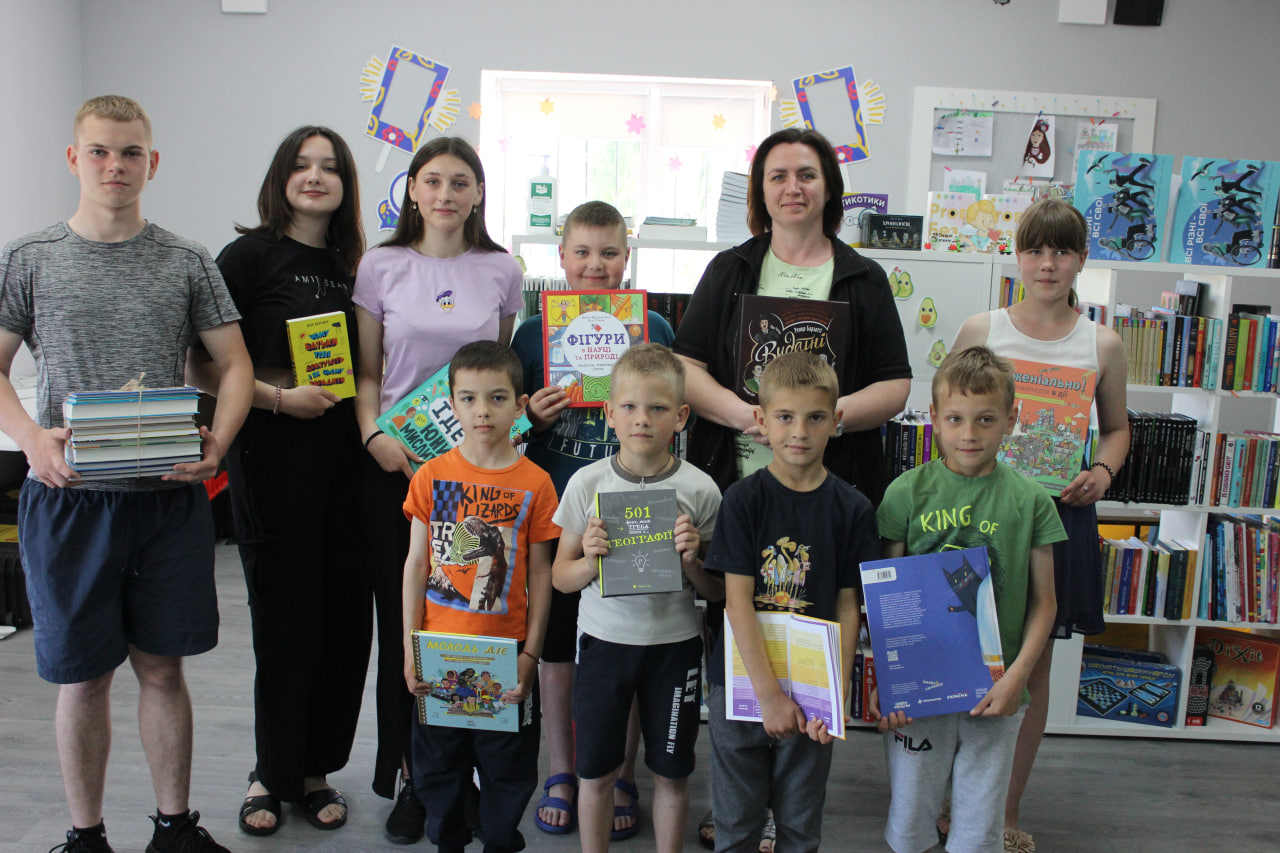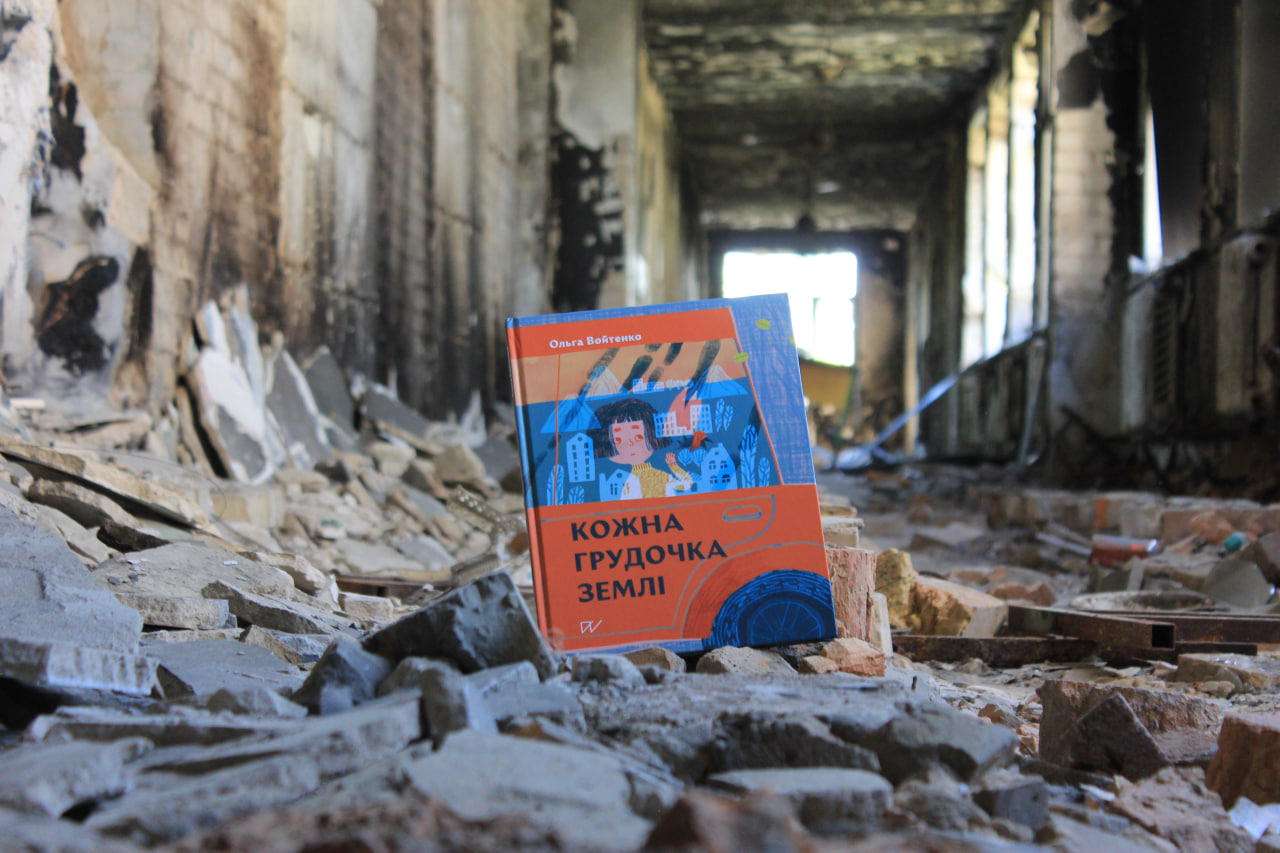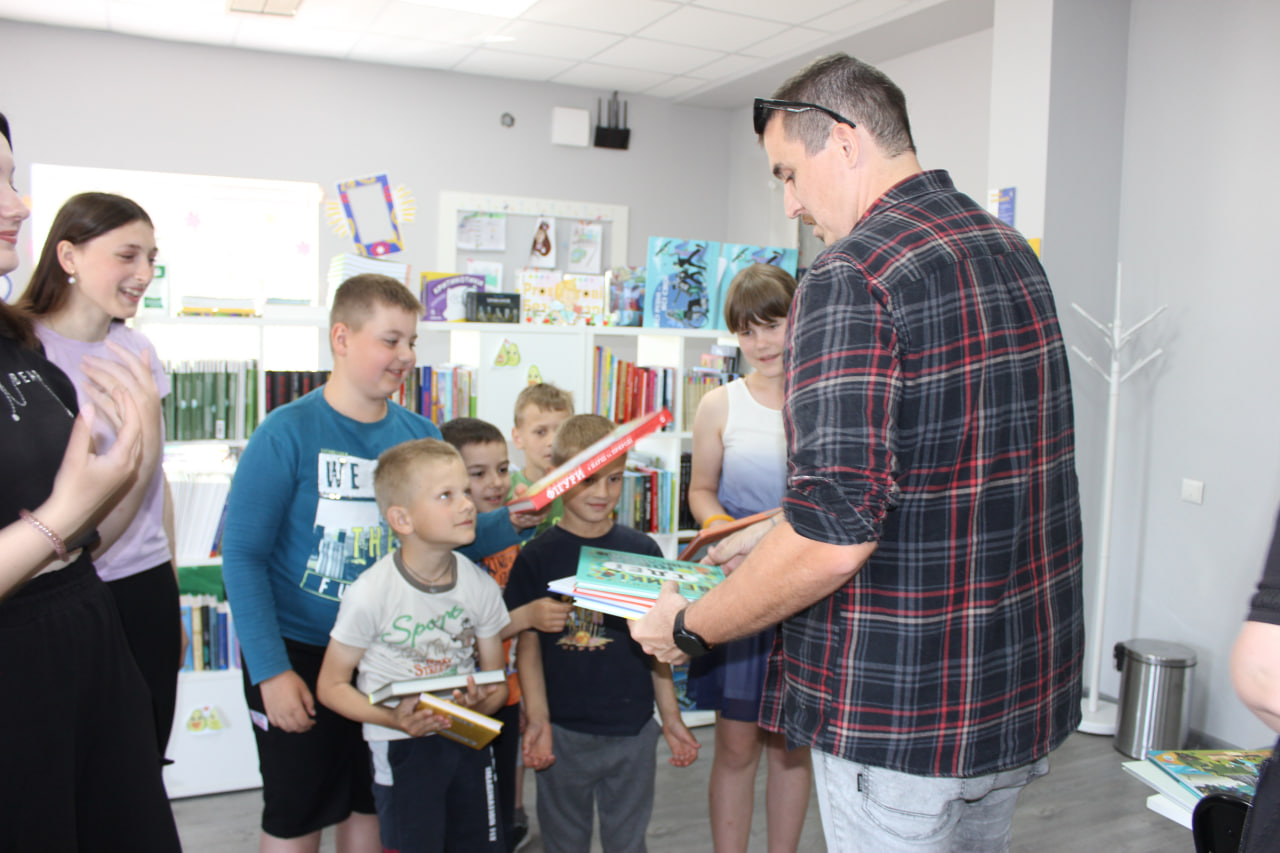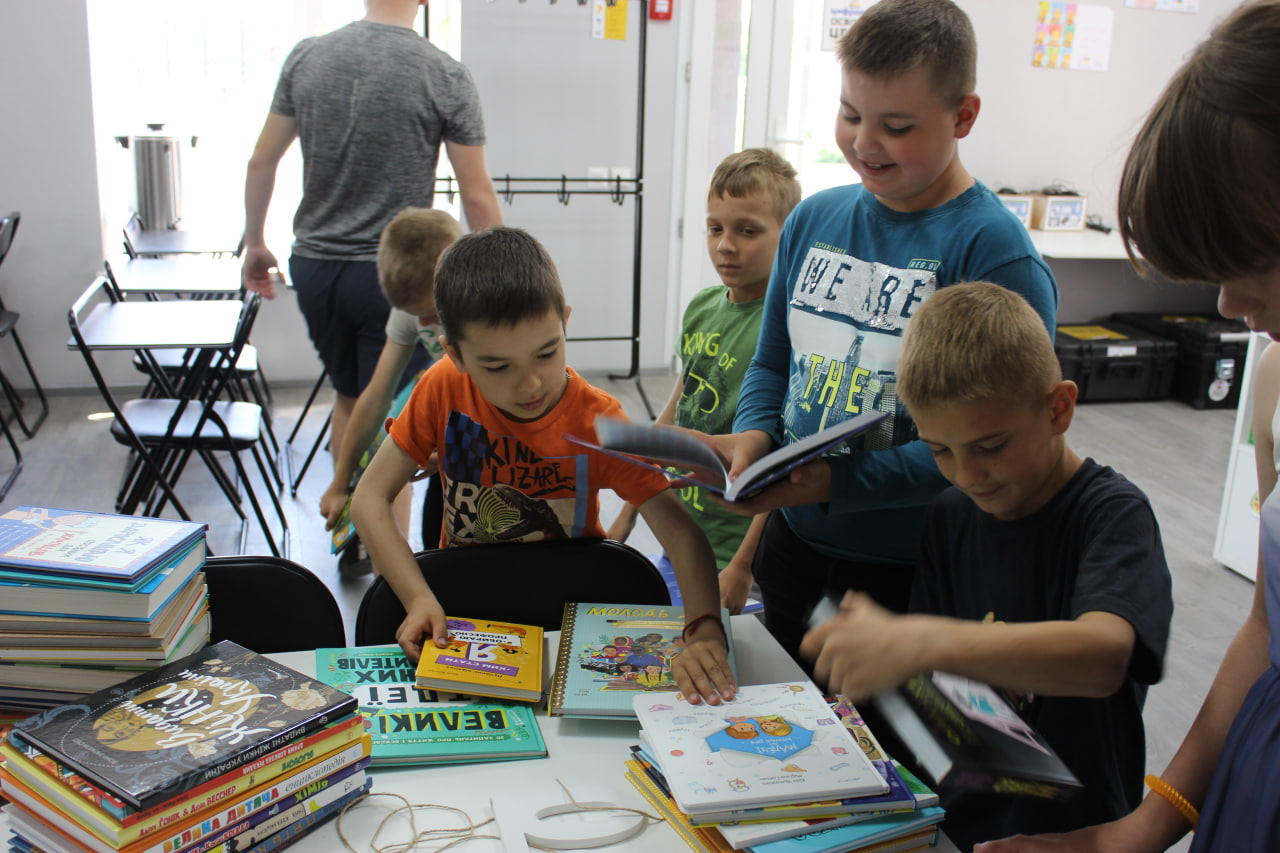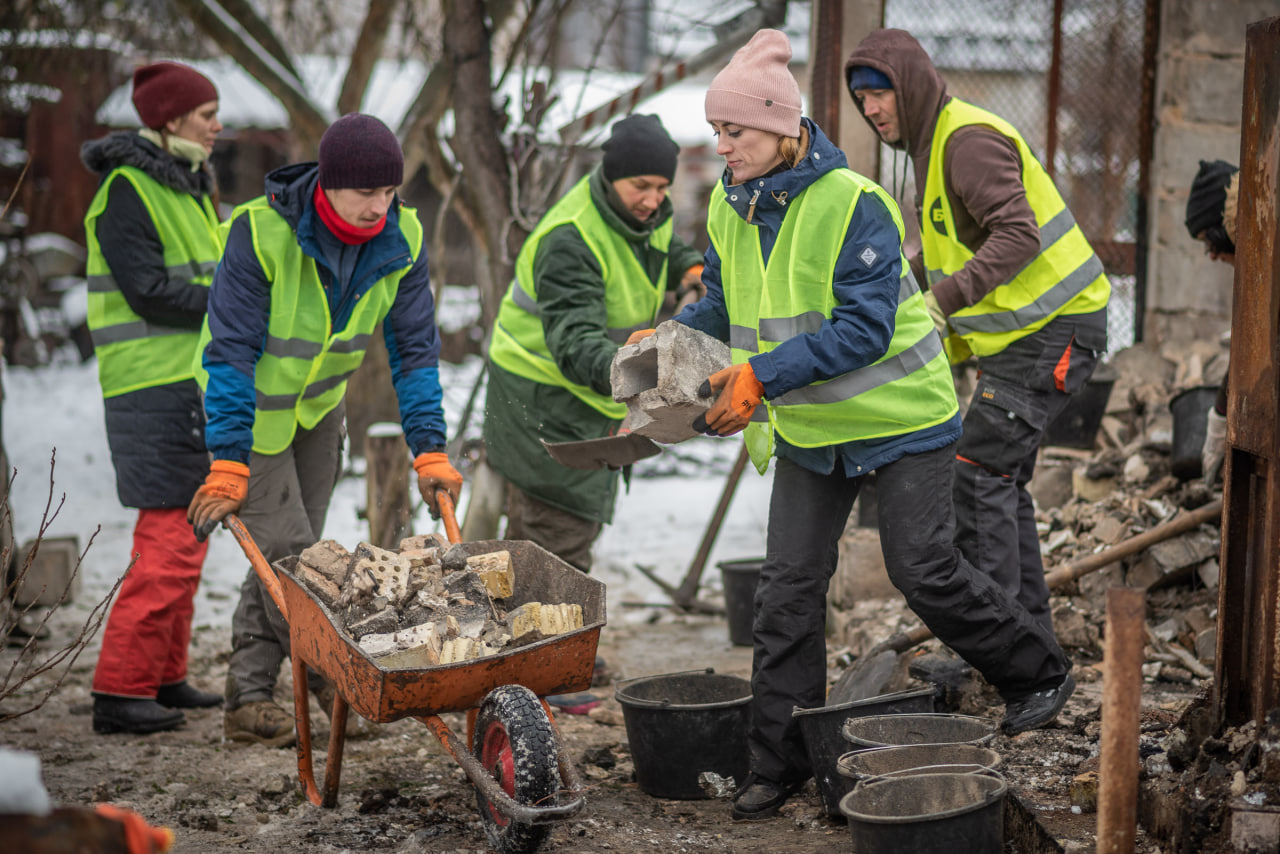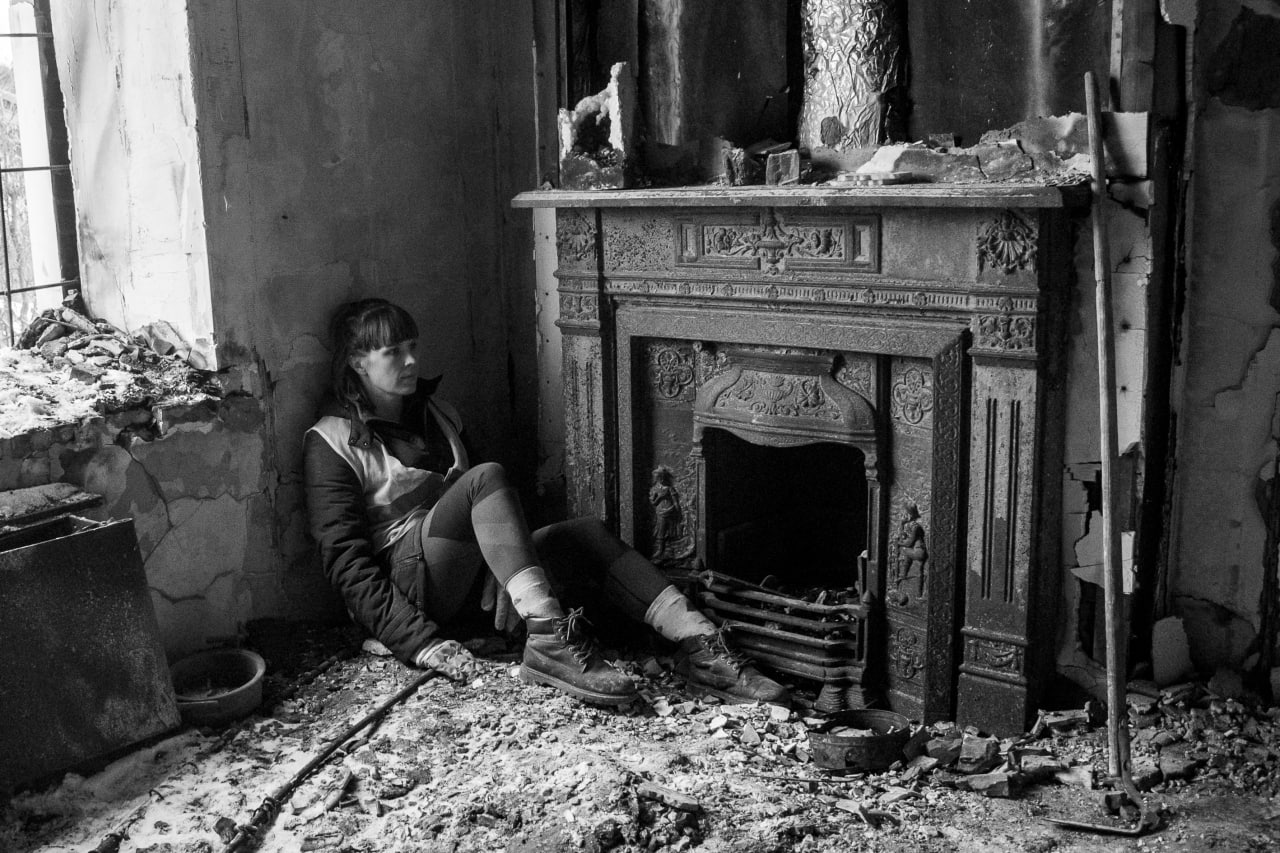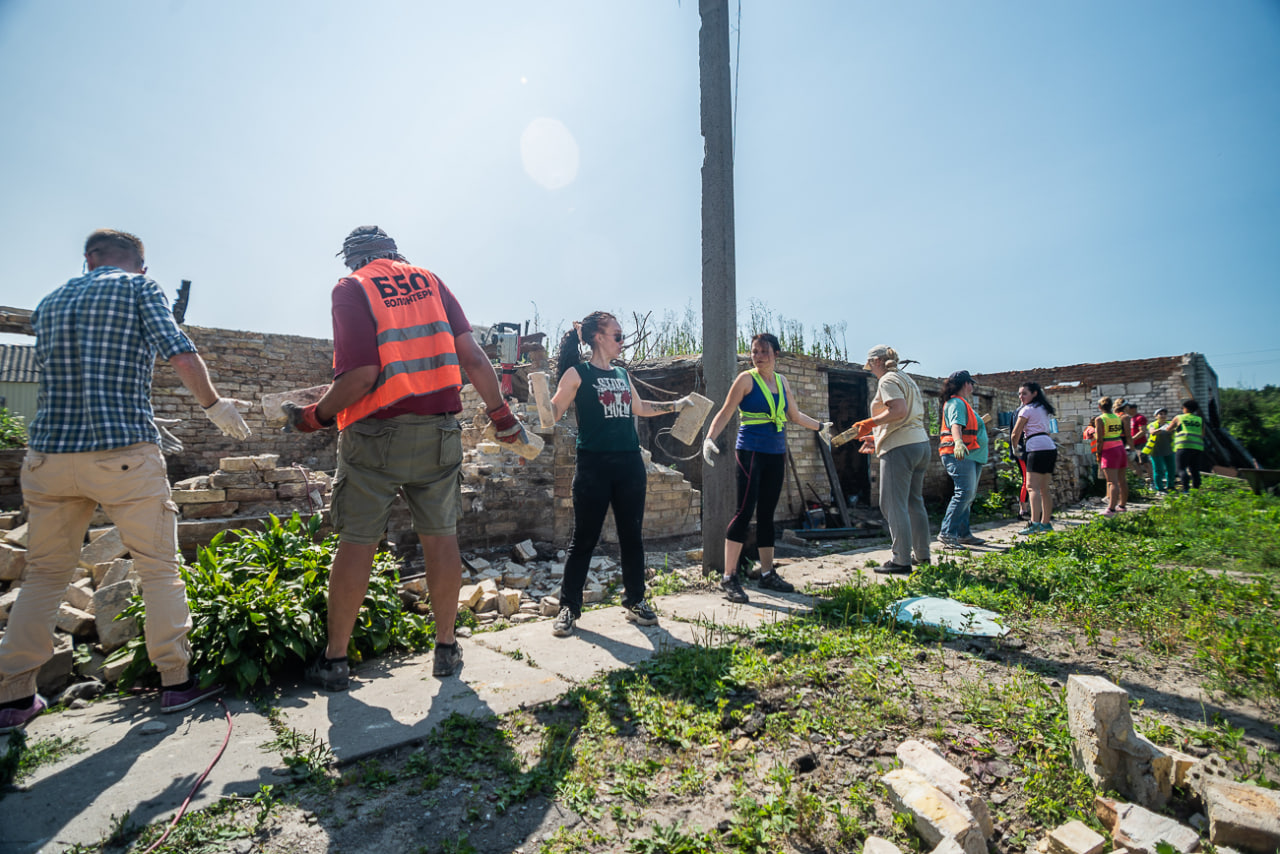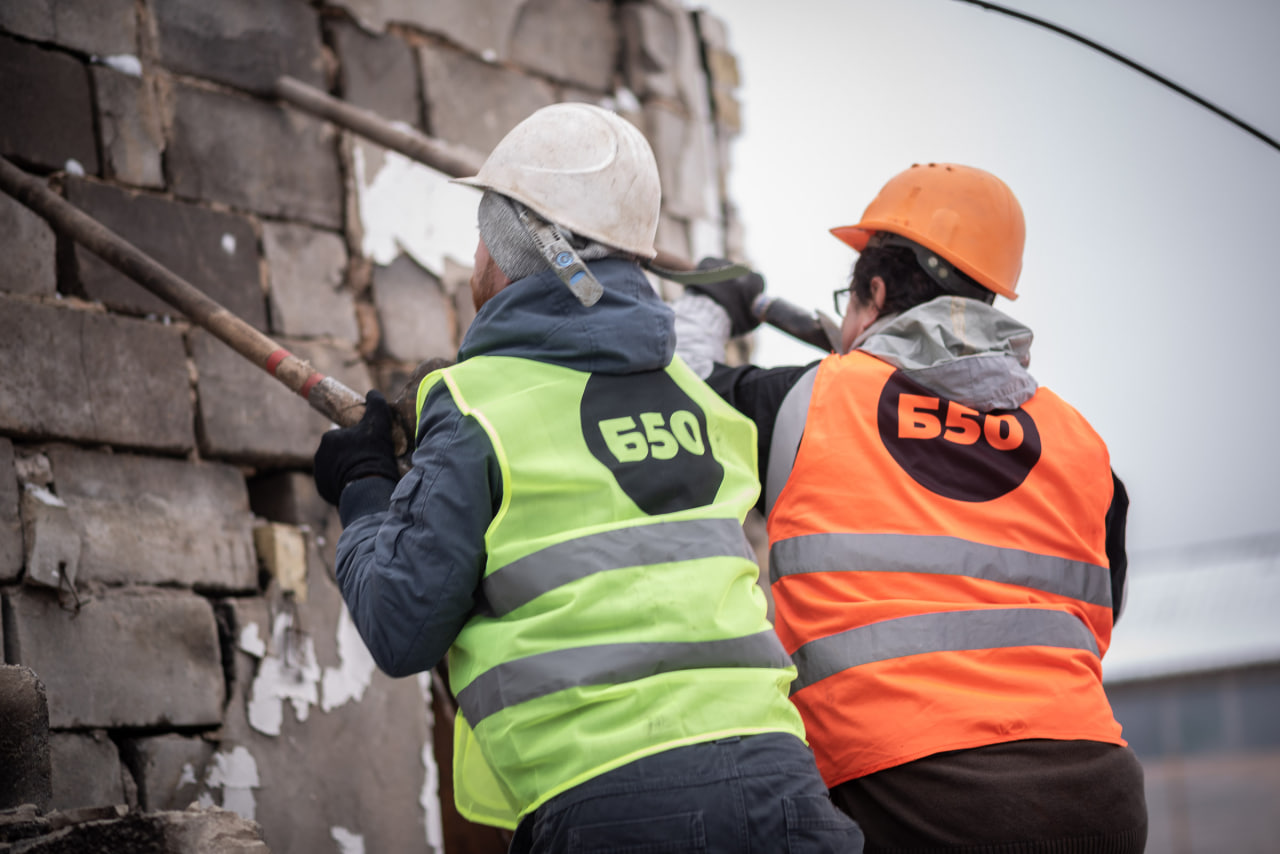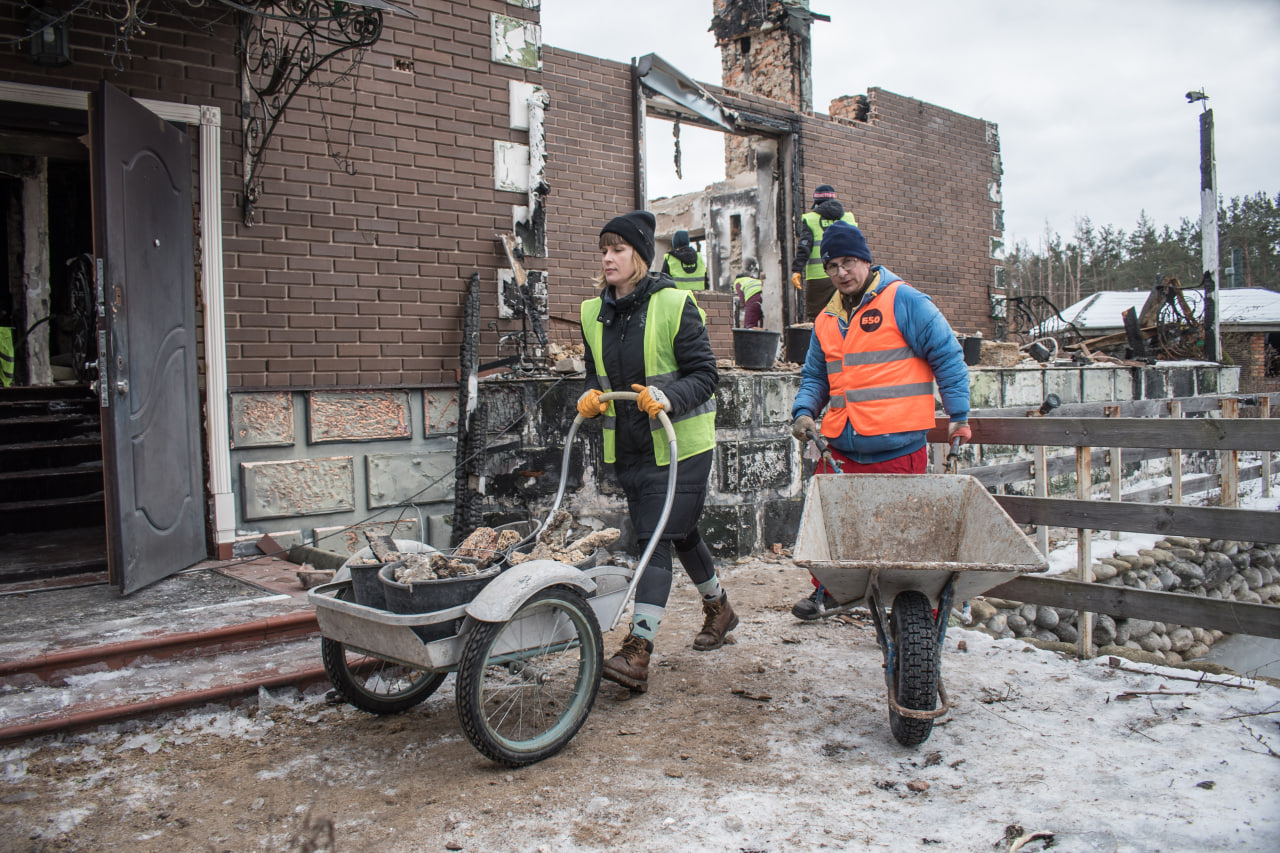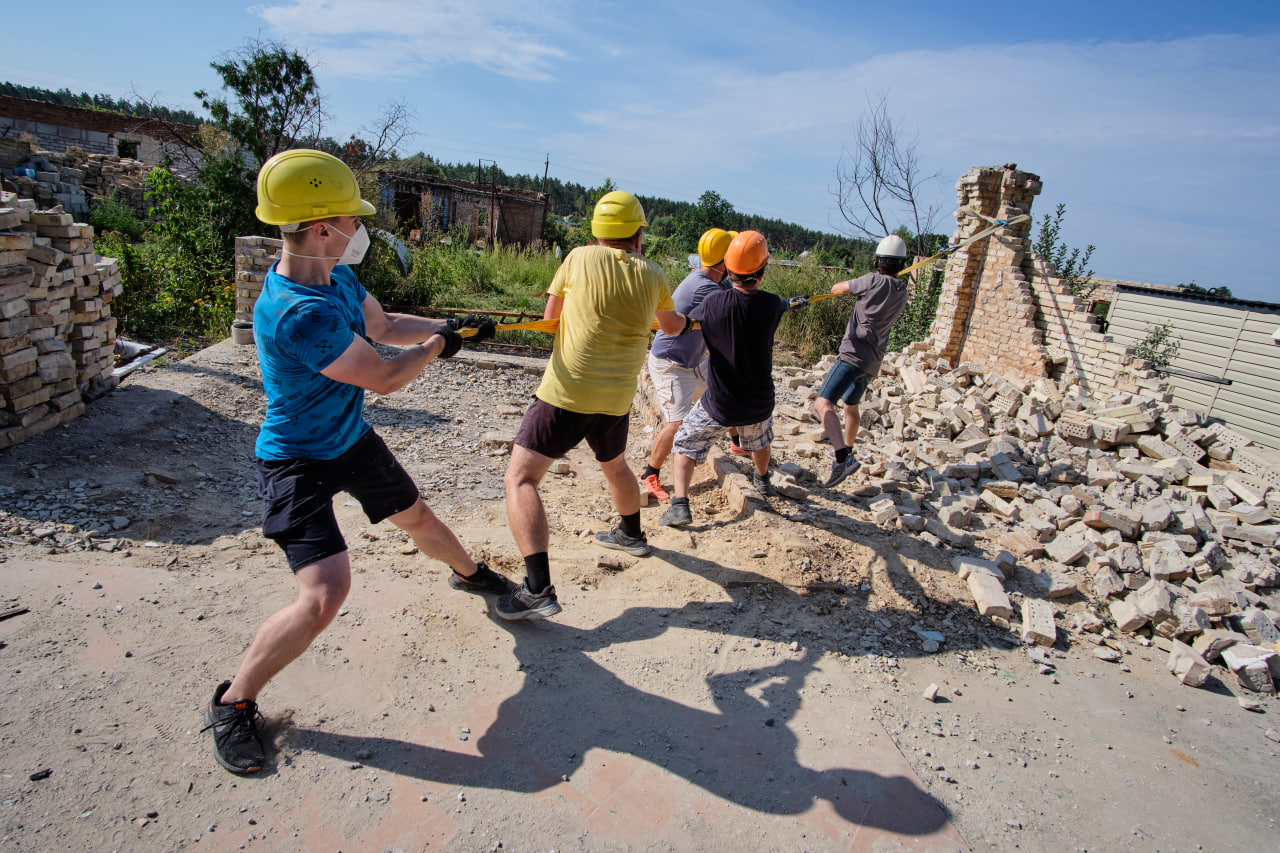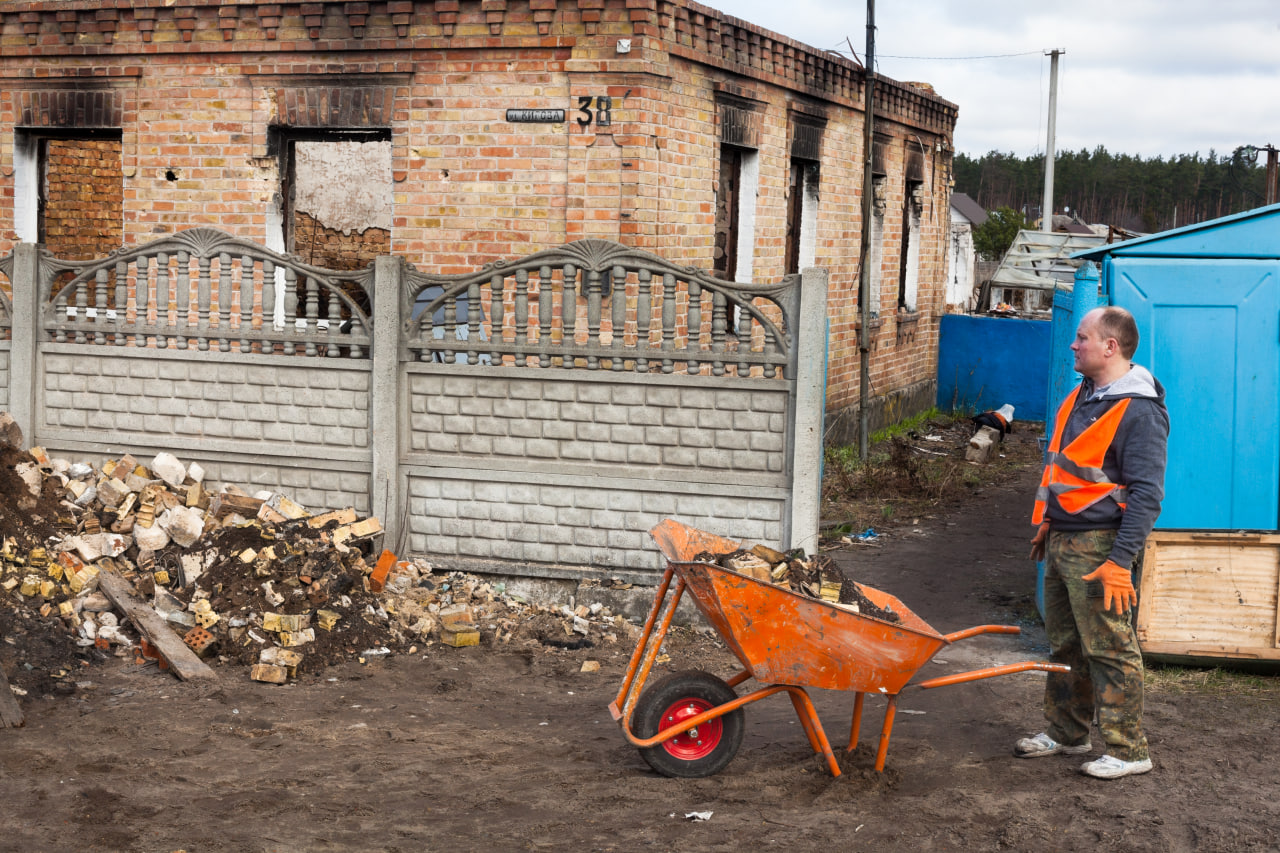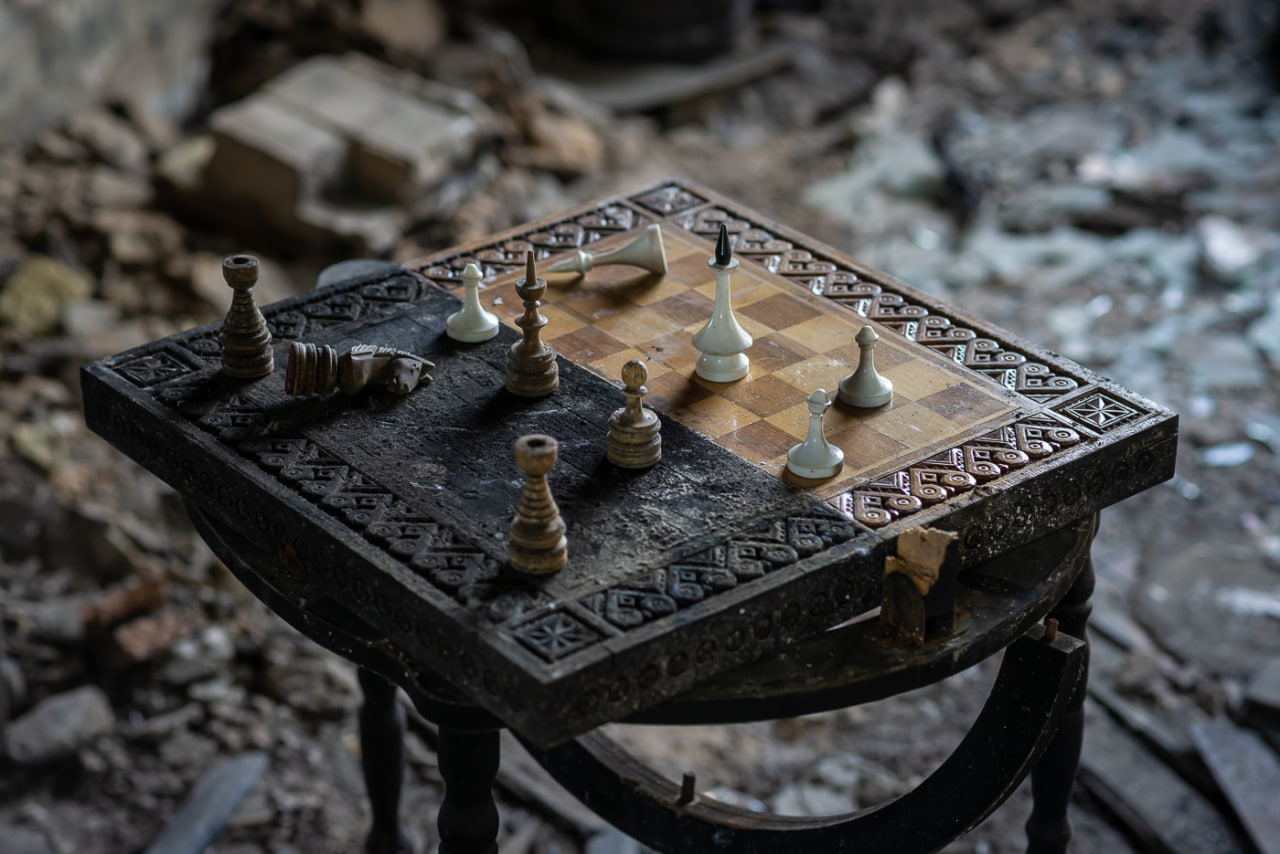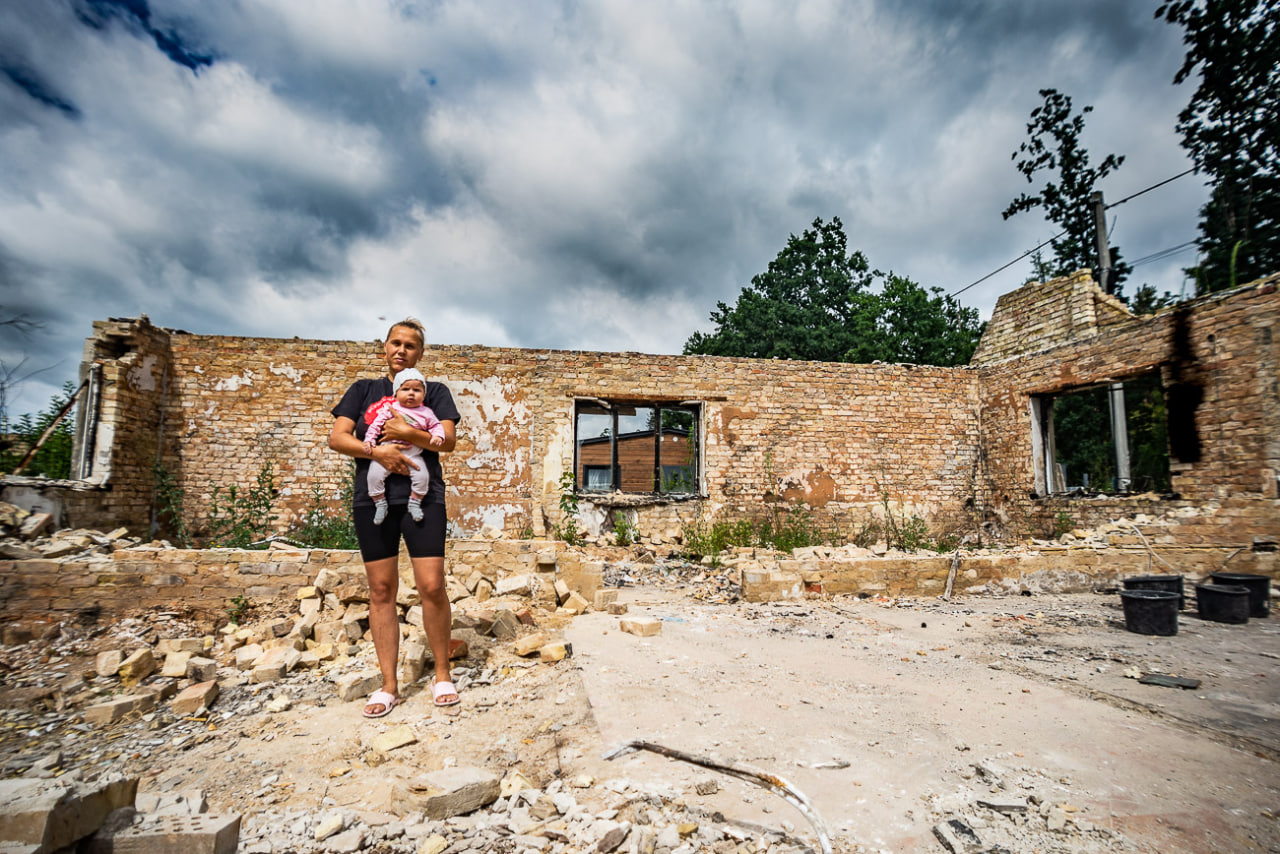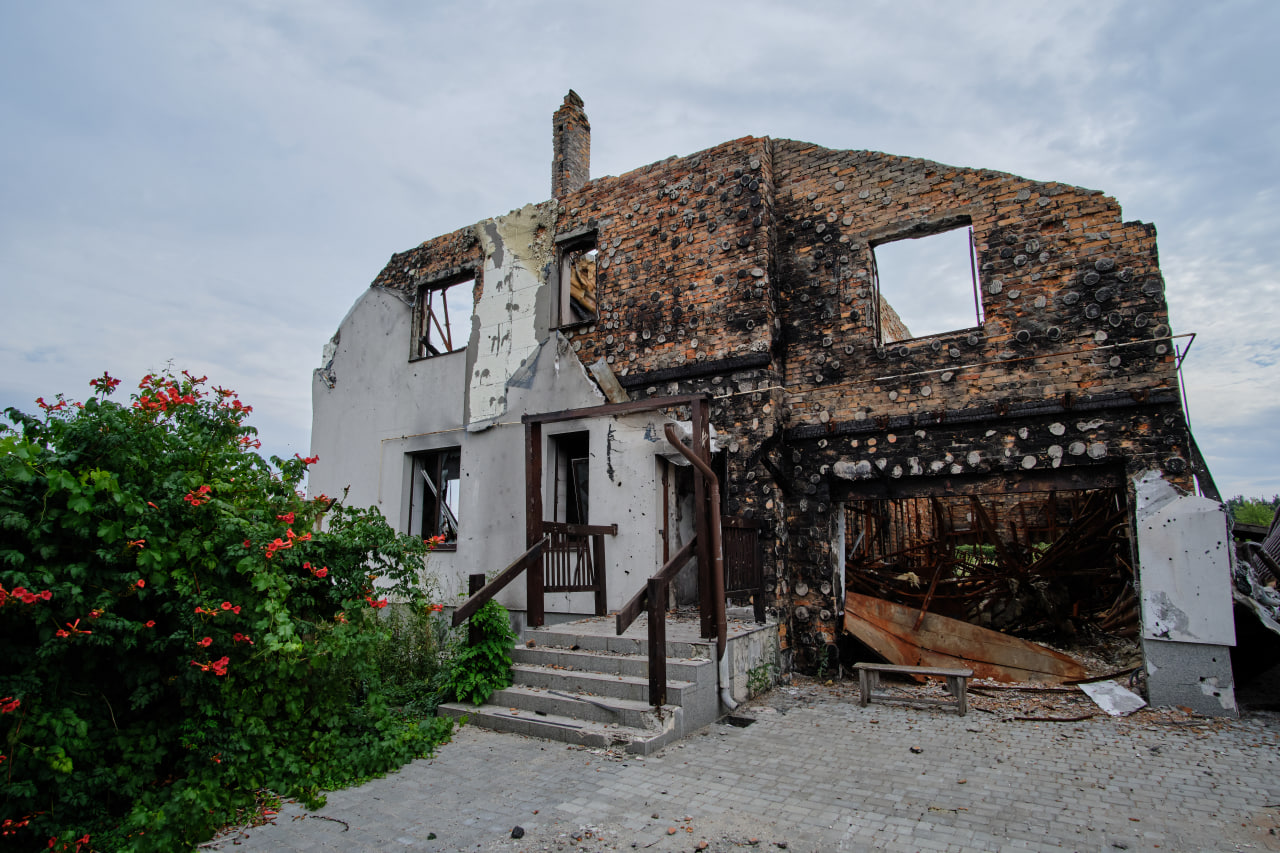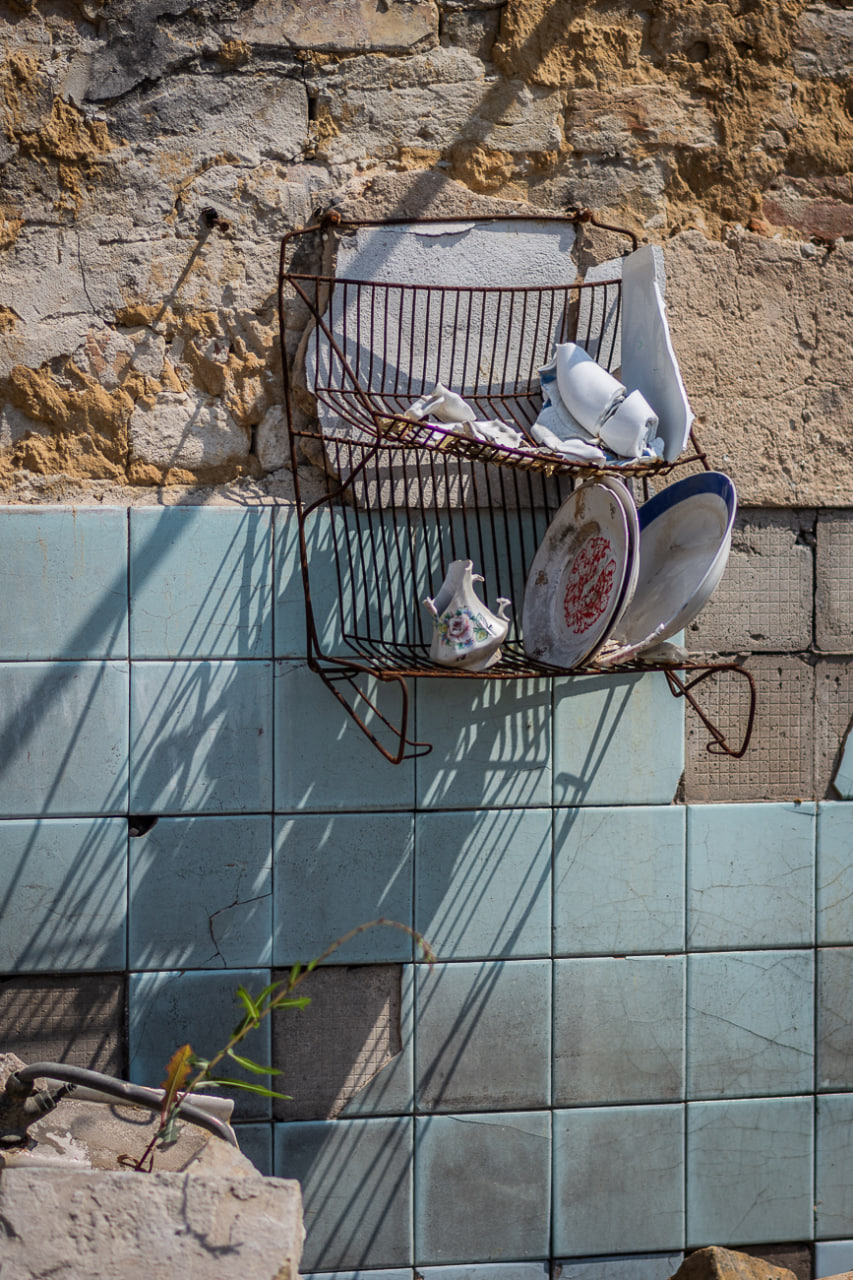From now on, B50 is a part of Ukrainian history!
The material heritage of the B50 community in the field of volunteering is now part of the funds of the National Museum of History of Ukraine! The B50 community received such a coincidental and symbolically timely “award” for its work a week before its second anniversary. The items provided by the B50 organization were transferred to the Museum’s collections for storage.
One of the most popular museums in Ukraine began its work in 1899, and since then it has survived several wars and occupations, many political regimes and changes of name. Today, the National Museum of History of Ukraine is located in the center of Kyiv, at 2 Volodymyrska Street, and it is hard to find a person who has not visited it at least once.
The very first display was an exhibition of archaeological finds. Since then, the museum has begun to fill up its funds, which include various exhibits: archaeological and numismatic collections, ethnographic collections, collections of weapons, decorative and applied arts, manuscripts, old prints, paintings and graphics, and relics of the Ukrainian national liberation movement of the twentieth century.
The museum has the largest collection in Ukraine in terms of quantity and value.
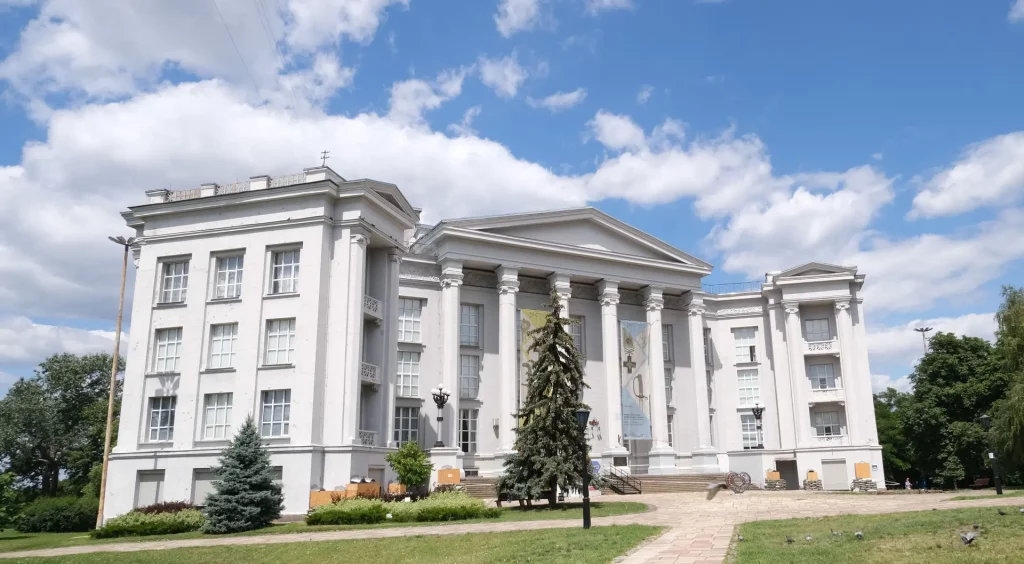
The Museum’s collections reflect the history of Ukraine from ancient times to the present. Its fund collections include more than 800,000 exhibits!
Now the history of the B50 is also part of the Museum’s collections! Currently, the Museum staff is collecting materials related to the full-scale invasion, in particular, collecting materials related to the volunteer movement in Ukraine. In an effort to add to the collection items that would highlight the topic of helping civilians affected by russian aggression, the Museum asked the B50 organization to provide several items that could be preserved in the collection as artifacts of the modern volunteer movement.
Of course, we responded to this request and are sincerely proud to be a part of Ukraine’s history for sure, irreversibly and officially!
In addition to the items, the Museum has also selected 26 photographs highlighting the activities of the B50 community. They will be presented in the collections in the form of physical printed photos 13 by 18 cm.
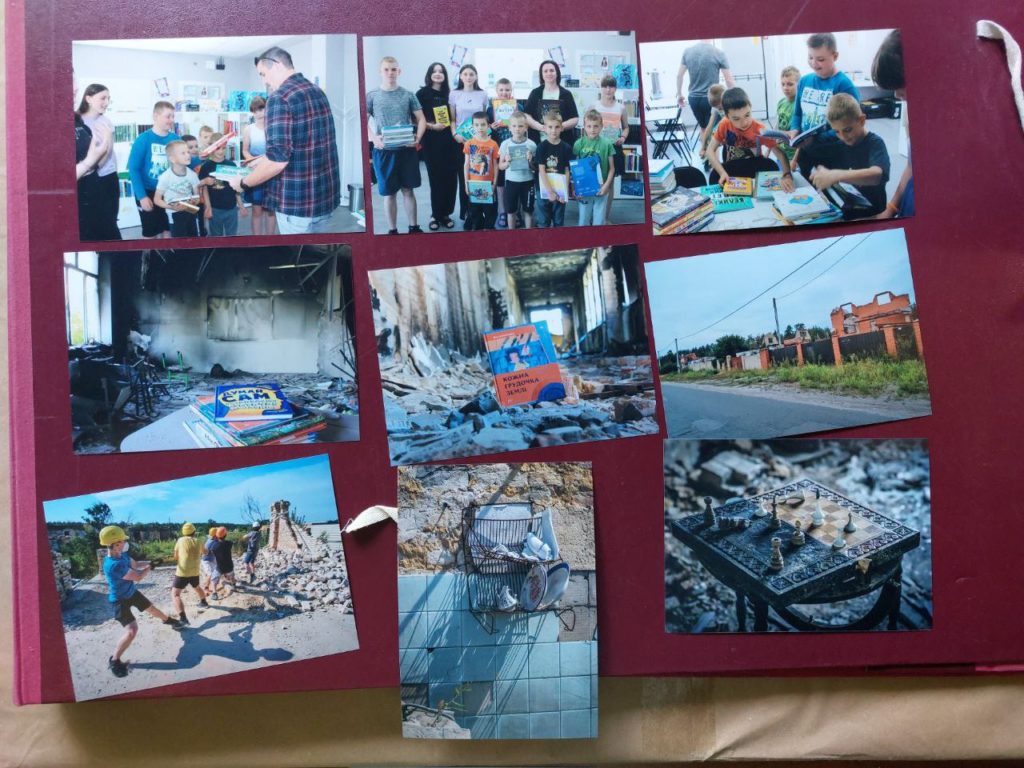
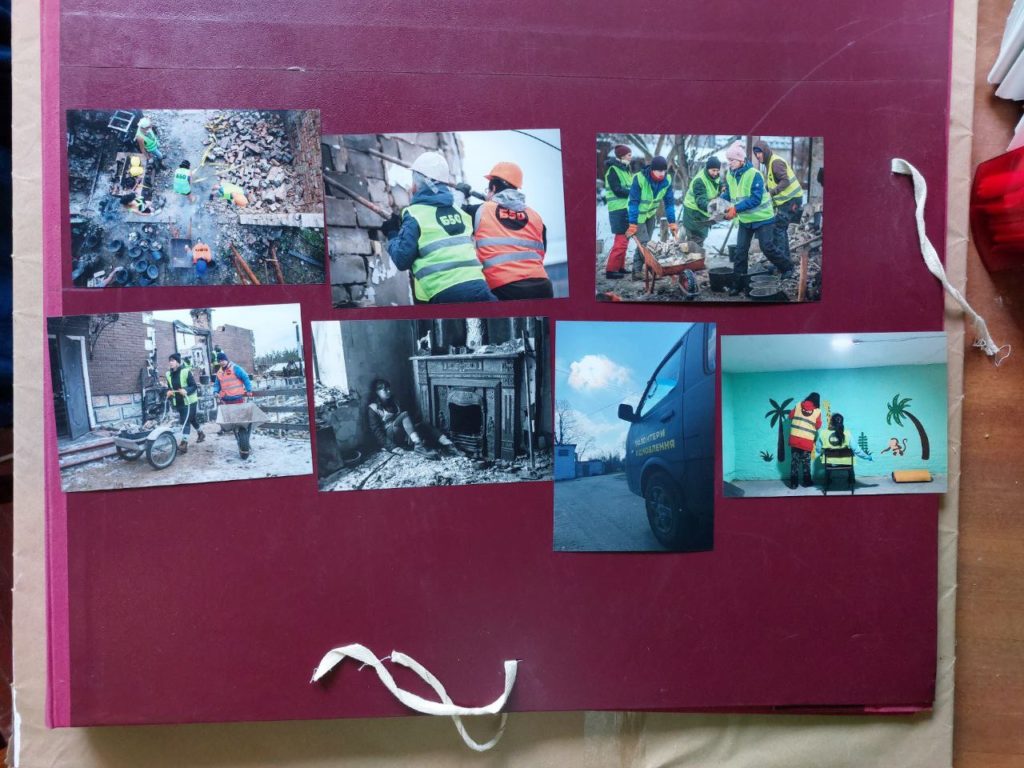
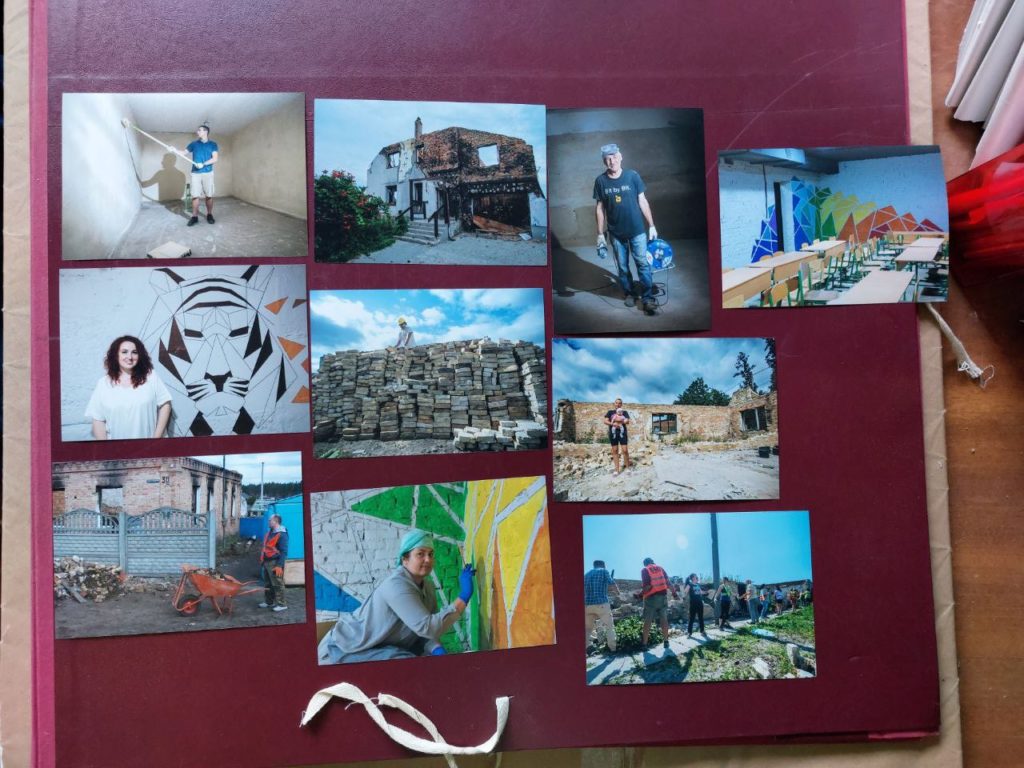
You can see these photos in the gallery below. The photographs were taken by Ivan Yershov, Dmytro Badahos, Nataliia Hryniuk, Anastasiia Baranova, Iryna Rehesha, and Ihor Strembitskyi.
From the Shelters and Reconstruction projects
From the P.AGE project
From the project Clean Up!
From the volunteer trips of the B50 community
The museum received a branded merch T-shirt with the inscription “I’M VOLUNTEER B50”, as well as another must-have and recognizable element of the volunteer’s outfit – a bright reflective vest with the community logo, which went to the funds directly from the location!
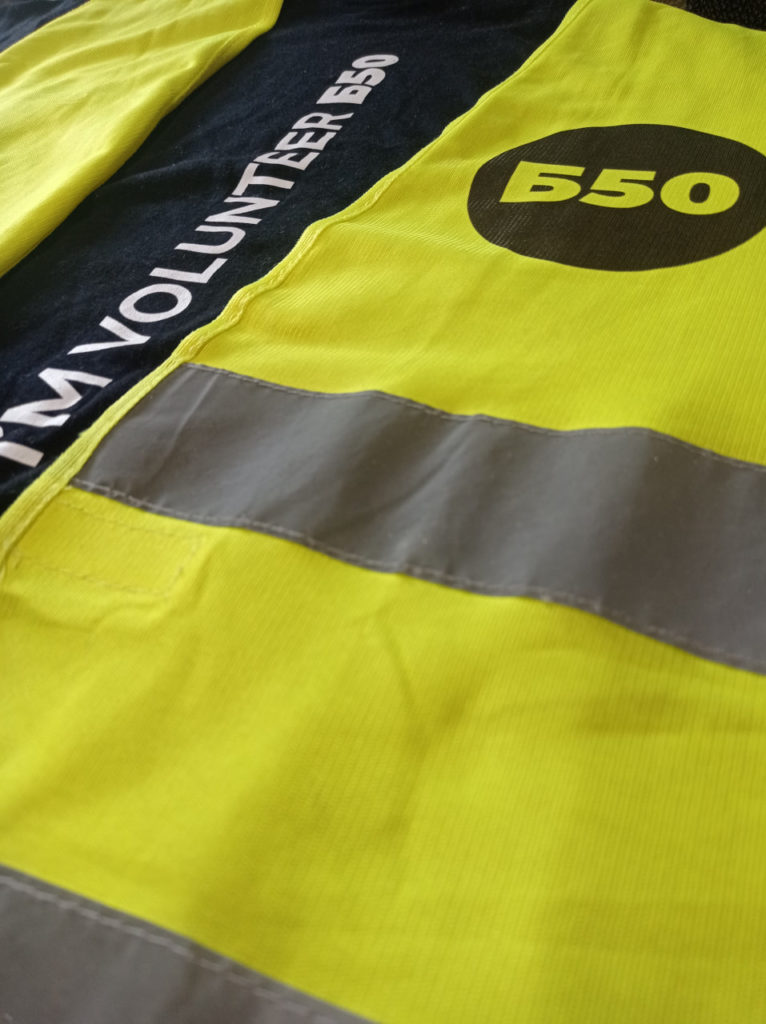
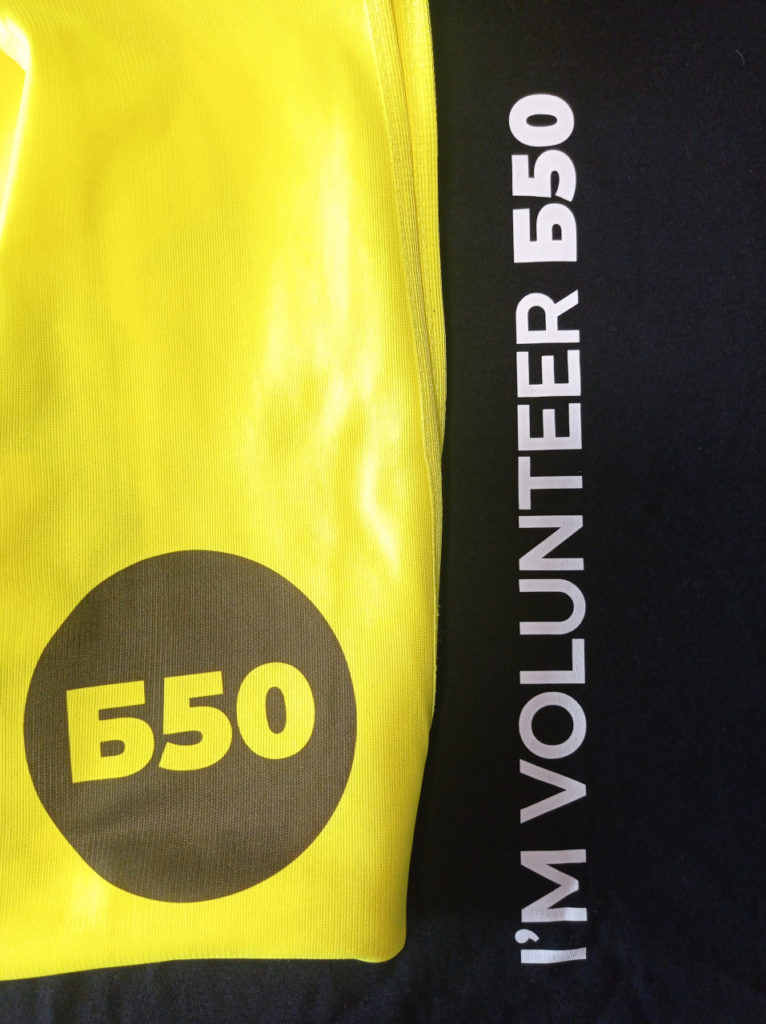

The collection also includes original gratitude letters received during our work.


These are gratitudes from the Bucha City Territorial Community and from the residents of Moshchun, whose destroyed houses were helped to dismantle by B50 community volunteers.

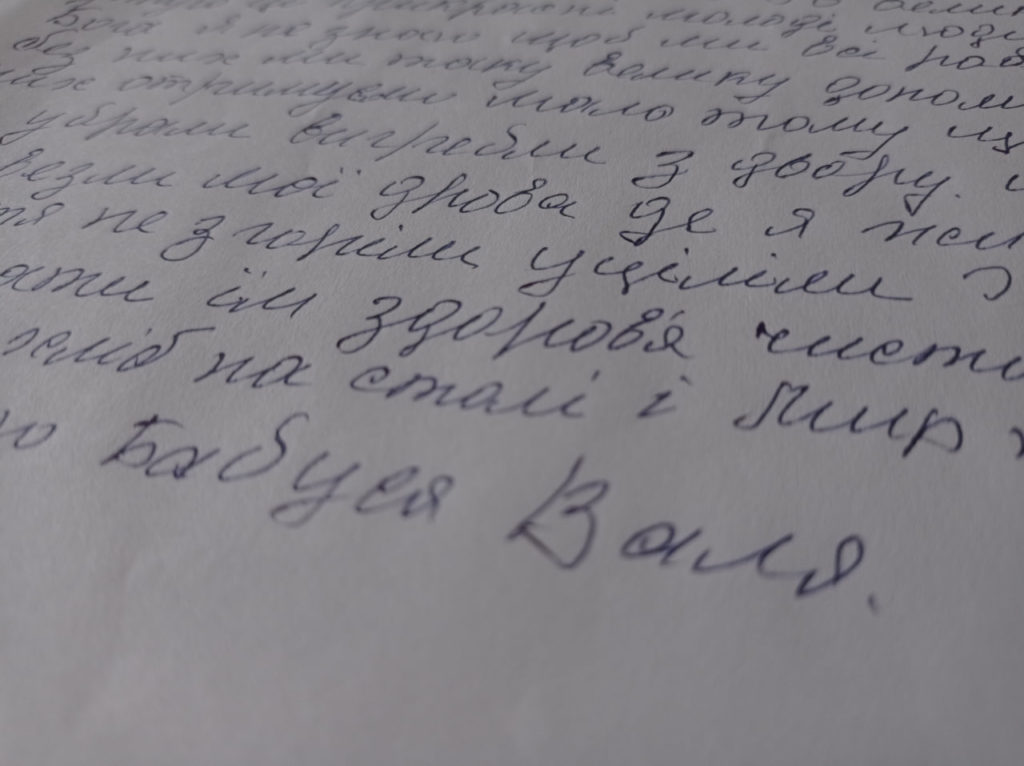

In addition, some of B50’s printing products are now part of Ukraine’s history. The museum received stickers and information leaflets that we use in our work.



It was an unexpected and surprisingly timely offer, as we received it about a week before the second anniversary of B50. The B50’s short history has seen many highlights, successes, and achievements, but for me, in my value system, this is perhaps the most symbolic milestone (so far). After all, I never thought that the results of my work, in particular, would be stored at the National Museum of History of Ukraine, becoming part of the country’s main museum.
Ruslan Habdulov, Director of the B50 public organization
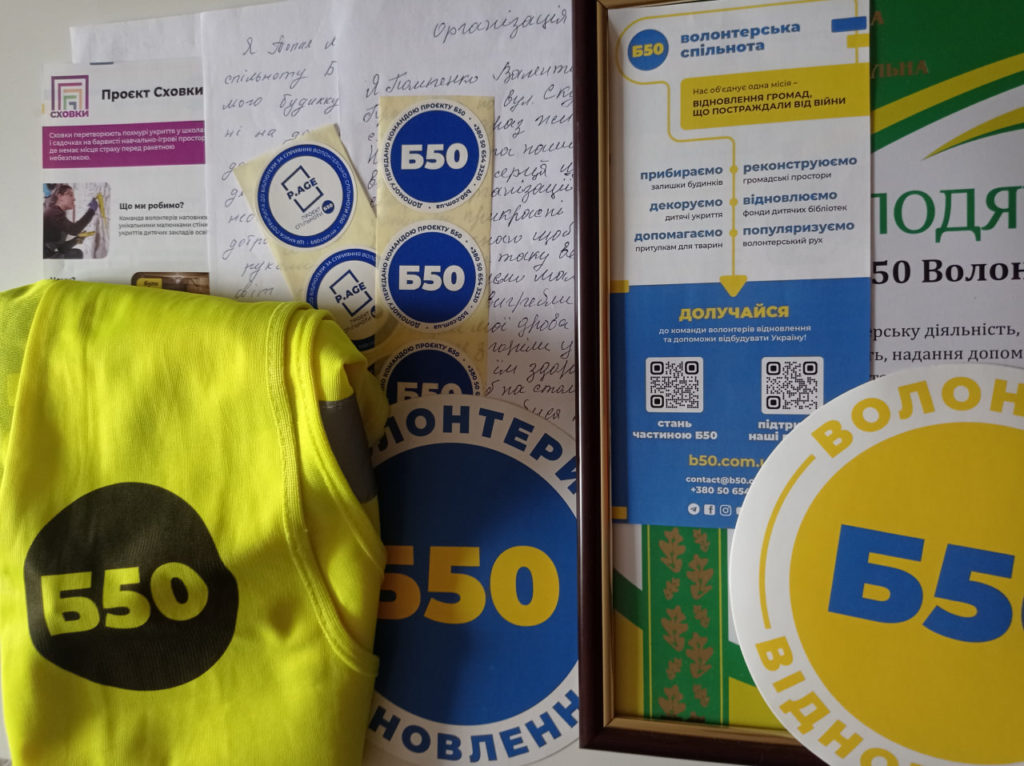
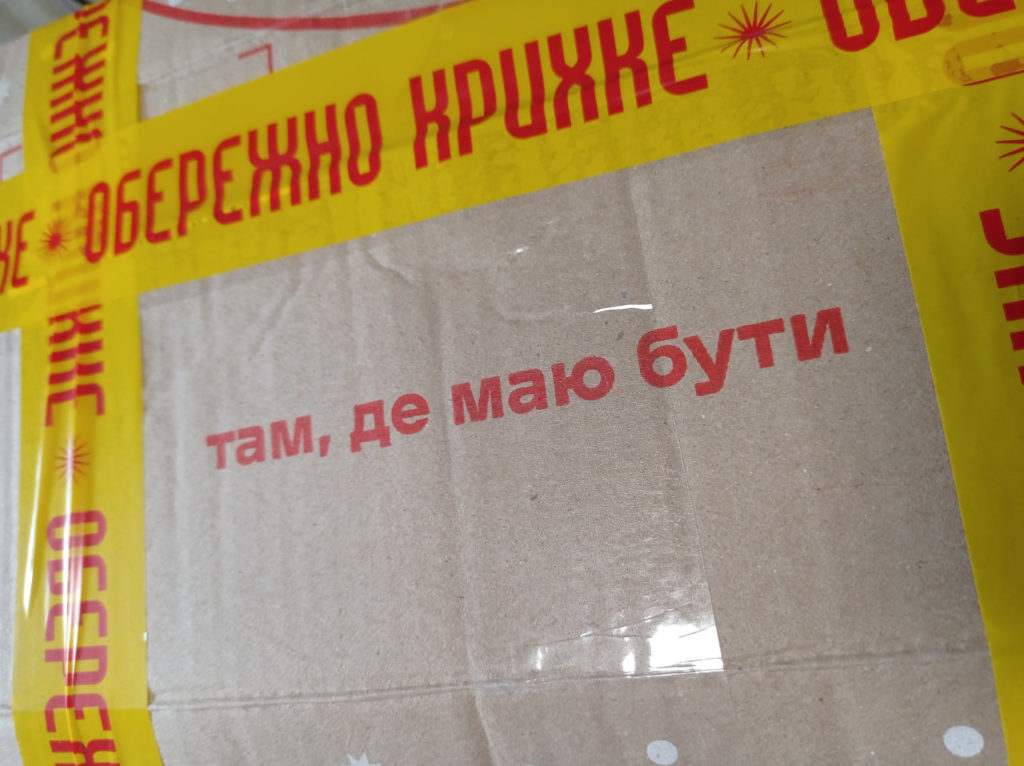
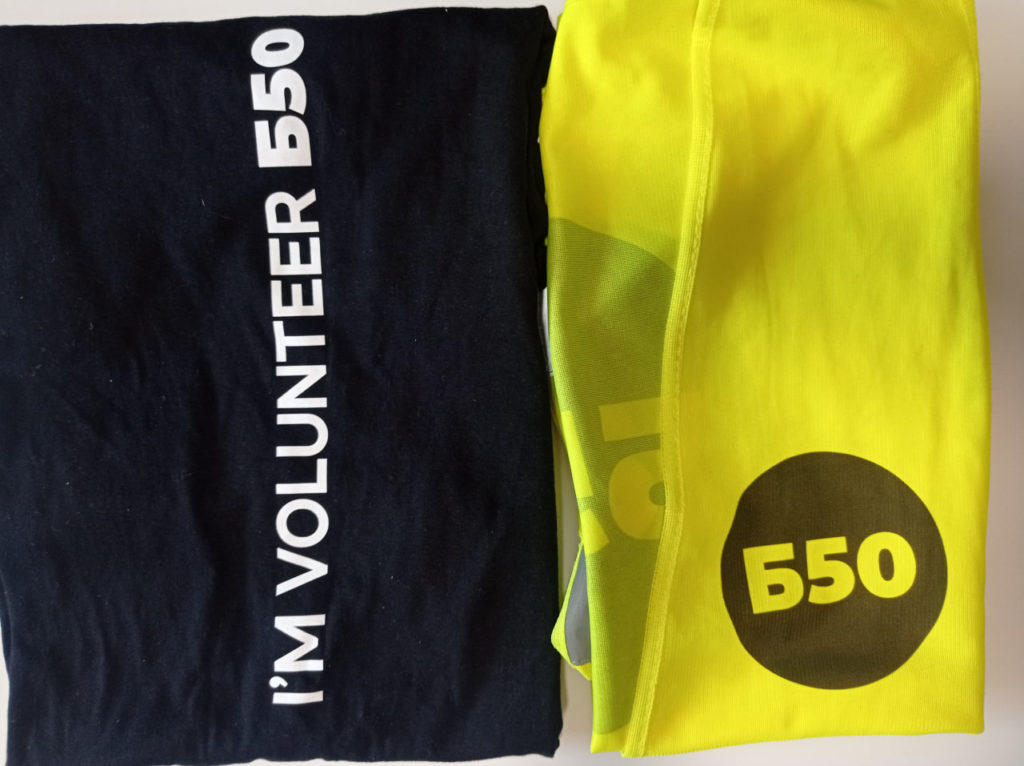
We are glad to know that part of the B50 will now be preserved forever, and in the most reliable place! We hope that in years to come, these items will become part of the exhibition for future generations of Ukrainians and will tell them about the volunteer movement in Ukraine and its development as a challenge to the russian invasion. We hope that this aspect will soon become history, past but not forgotten, thanks in part to the work of the National Museum of History of Ukraine.



